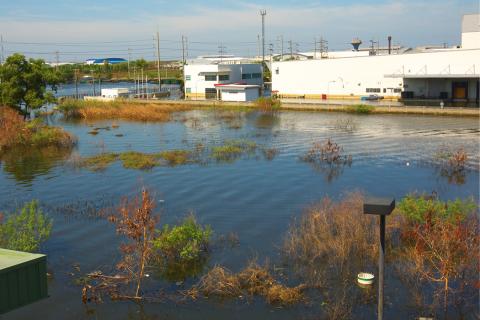For foodies, the arrival of spring means only one thing: the beginning of the sugar shack season! If you are familiar with these sweets that are enjoyed every year, are you aware of this custom’s origins? Here is a short history of the beginnings of this much appreciated sweet tradition.
The First Nations at the Origin of the Tradition
Long before the beginning of colonization and science to prove it, the Aboriginals discovered that maple water had virtues that could restore health after a long winter. Indeed, maple water is rich in antioxidants and Quebecol, in addition to containing only 2% of sugar for approximately 98% of water. It not only hydrates you, but makes you stronger!
At first, the maple water is collected with an axe from a single piece of bark, and then reduced to a thick, sweet syrup. The maple water is not only drunk but also used for cooking. In 1676, maple sugar was discovered thanks to the iron cauldron brought from France.
Around 1850, the first harvesting methods gave way to the spout and the wooden bucket. The first sugar shacks appeared and with them the first sugar parties a little later, in 1868. In 1876, the wood of the boilers and flashlights was replaced by metal. The evaporator, an American invention patented in 1889, slowly adapted to the production of maple syrup in Quebec. By boiling the maple syrup up to 112 degrees Celcius, we obtain this melting maple butter that we still enjoy so much! As for the famous 591 milliliter "cane" of maple syrup as we know it today, it appeared in supermarkets in 1951.
As for the more industrial techniques of modern maple groves, including the use of tubing for mass harvesting, these made their appearance in 1970. It was not until 2013 that Quebec began marketing maple water, the quality of which is guaranteed by certification. In 2016, Quebec maple products are exported to more than 60 countries, representing 72% of world production.
Today's Maple Syrup Companies
On average, 120 million pounds of maple syrup are produced each year in Quebec by nearly 7,500 maple syrup companies. Over the years, these companies have greatly modernized their operations, offering much more than delicious taffy on snow and gargantuan meals of pea soup, ham, omelettes, sausages and oreilles de crisse, otherwise known as pork rinds.
Many establishments now offer activities such as horse-drawn carriage rides and giant inflatable games as well as different menus with, for example, vegetarian options. Some establishments are even trading in the all-you-can-eat buffet style for a simple menu with table service for a more distinguished atmosphere.
One thing that remains the same is that it's a treat every time!
Do you operate a maple syrup business? Keep your insurance in mind! Talk to Lussier's brokers to build a portfolio of coverage that fits your needs.
Happy sugar party!




